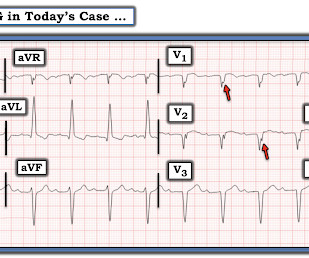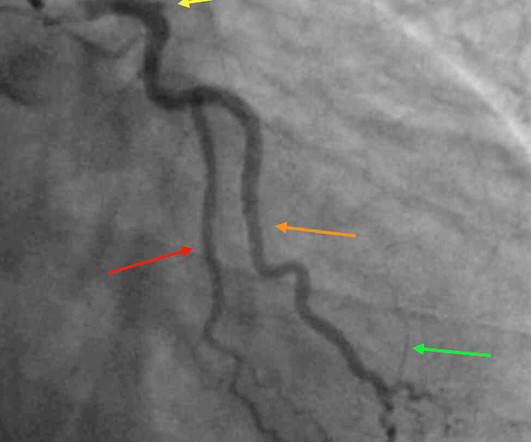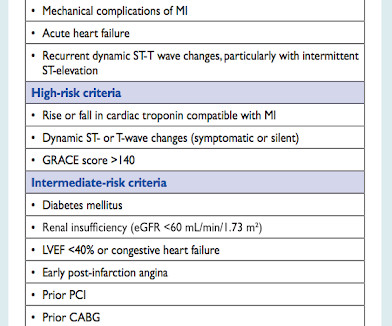Abstract 4142231: Relationship between serum interleukin-6 levels and severity of STEMI undergoing percutaneous coronary intervention
Circulation
NOVEMBER 11, 2024
Circulation, Volume 150, Issue Suppl_1 , Page A4142231-A4142231, November 12, 2024. Background:Little is known about the clinical relevance of interleukin (IL)-6 and the severity of patients with acute ST-elevation myocardial infarction (STEMI). All information about clinical and paraclinical parameters was recorded.
















Let's personalize your content